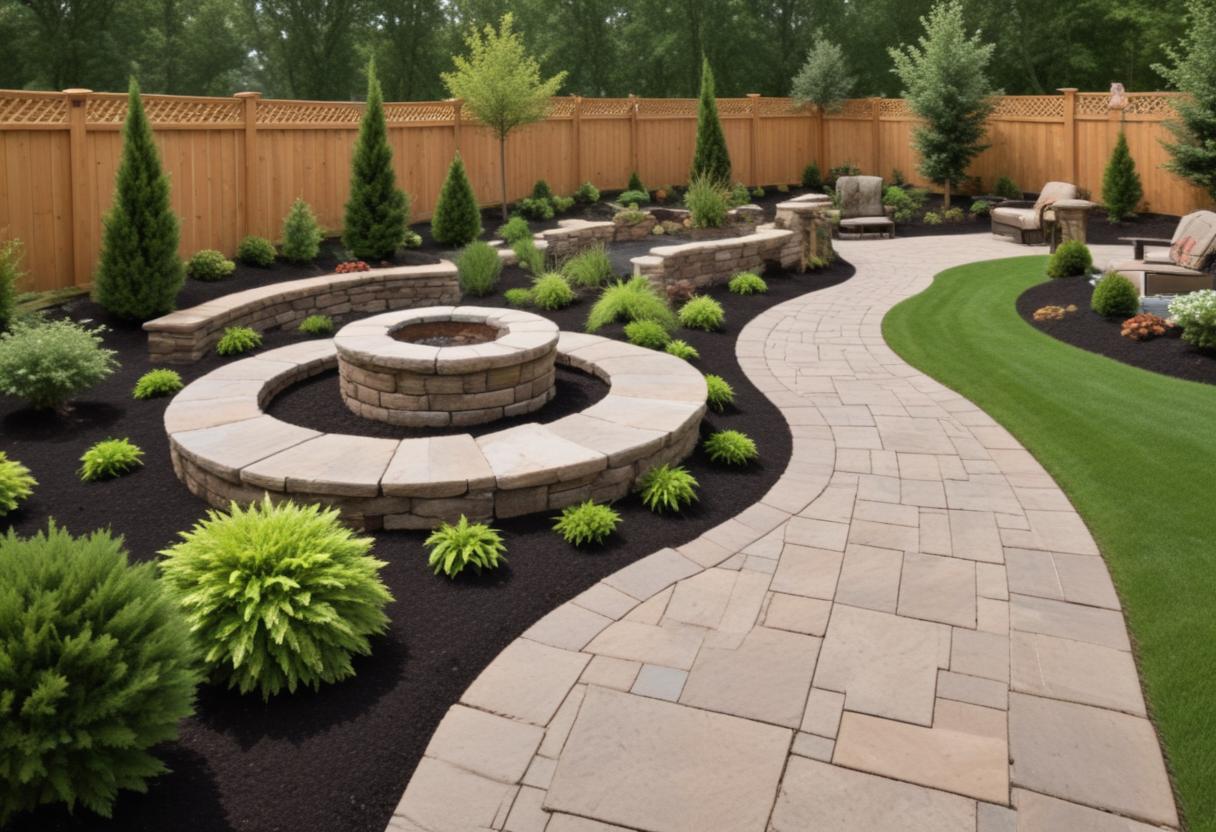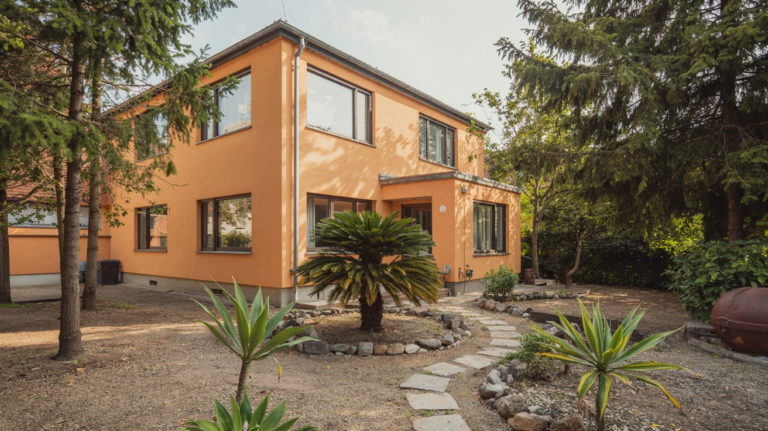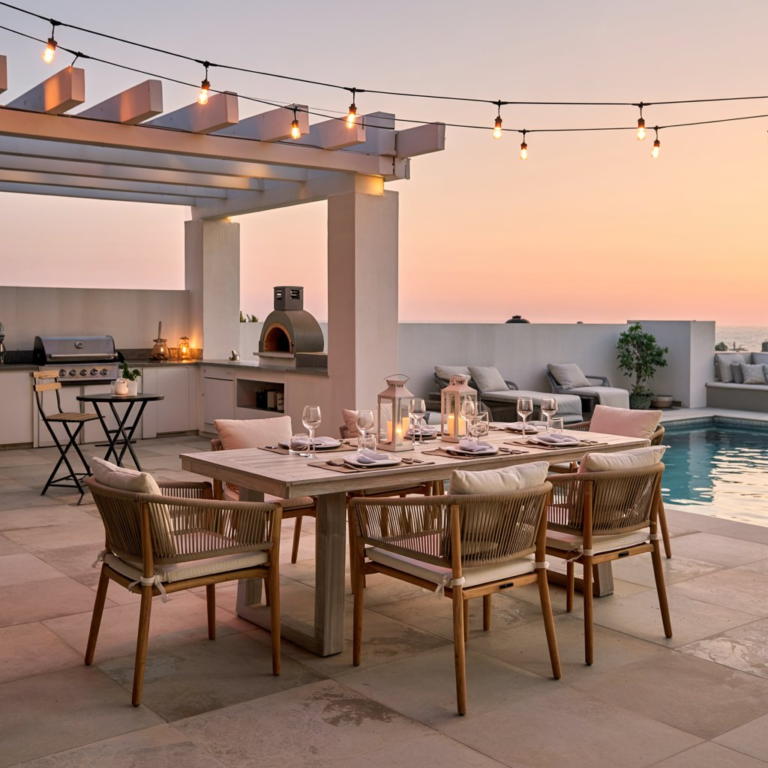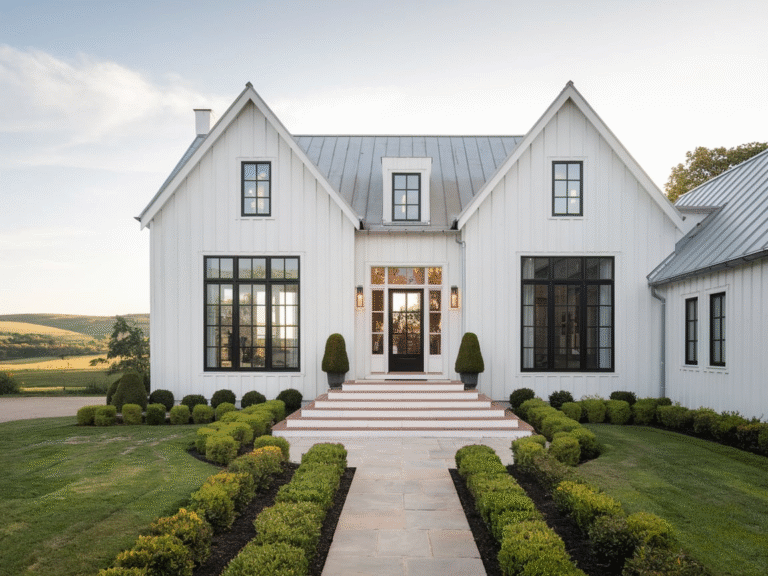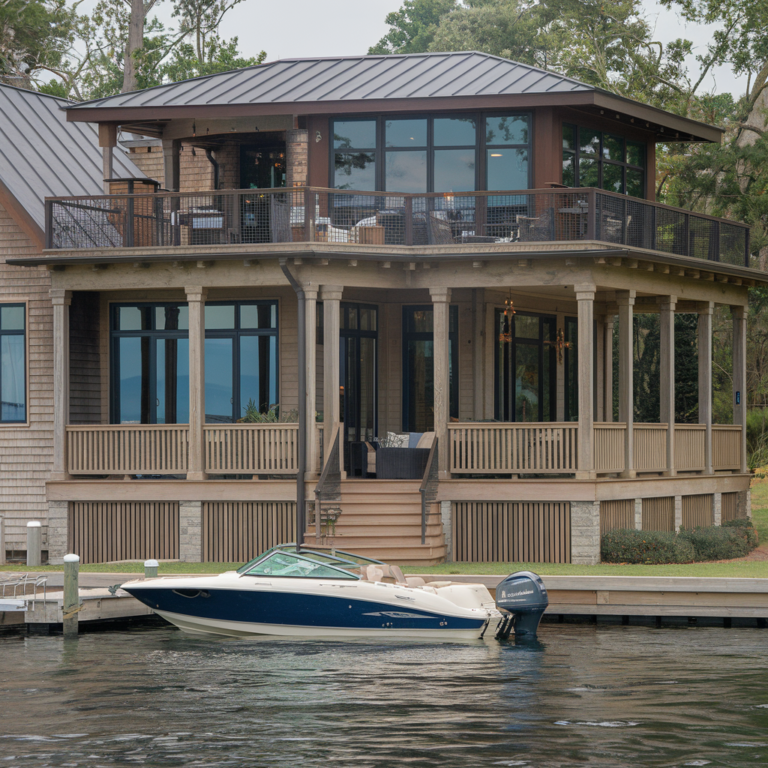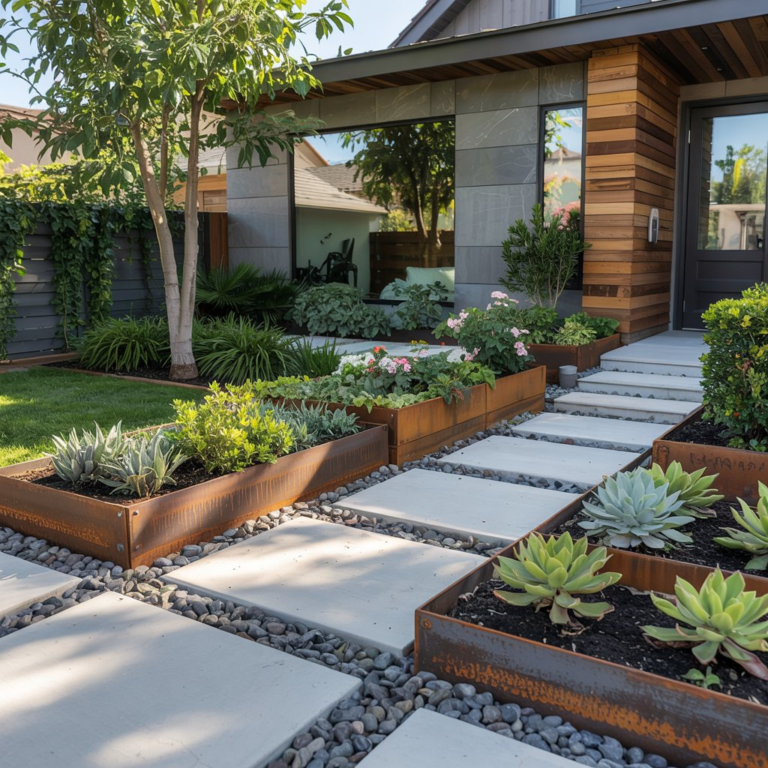23 Outdoor Landscaping Ideas
Landscaping can feel like a daunting task. You’re looking at a patch of dirt, a few bushes, maybe a couple of trees, and wondering how to turn it into something that looks like it came from the pages of a design magazine.
But don’t worry, you don’t need a degree in horticulture to make your outdoor space shine. All you need is a little inspiration, some thoughtful planning, and a handful of clever ideas that can transform any backyard or garden into your personal oasis. I know, because I’ve been there—standing in my own yard, trying to figure out how to go from “meh” to “wow.”
1. Start with a Vision
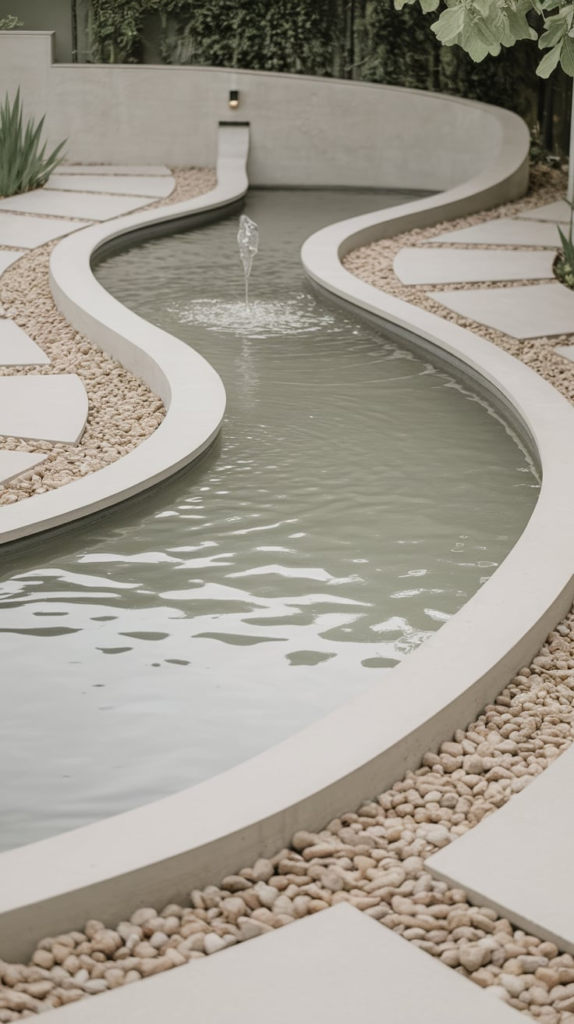
Before you dive into digging, planting, or picking out that new patio furniture, take a step back and visualize your ideal outdoor space. Do you want a peaceful retreat, a space for entertaining, or a family-friendly garden? Your vision will be the guiding star for every decision you make, from the layout to the plants you choose.
When I first started landscaping my yard, I spent hours flipping through gardening books and browsing Pinterest. The biggest lesson I learned was that starting with a clear vision made the whole process less overwhelming and more fun. Think about how you want to feel when you step outside—do you want a vibrant, lush garden, or something minimalist and modern?
2. Create a Focal Point
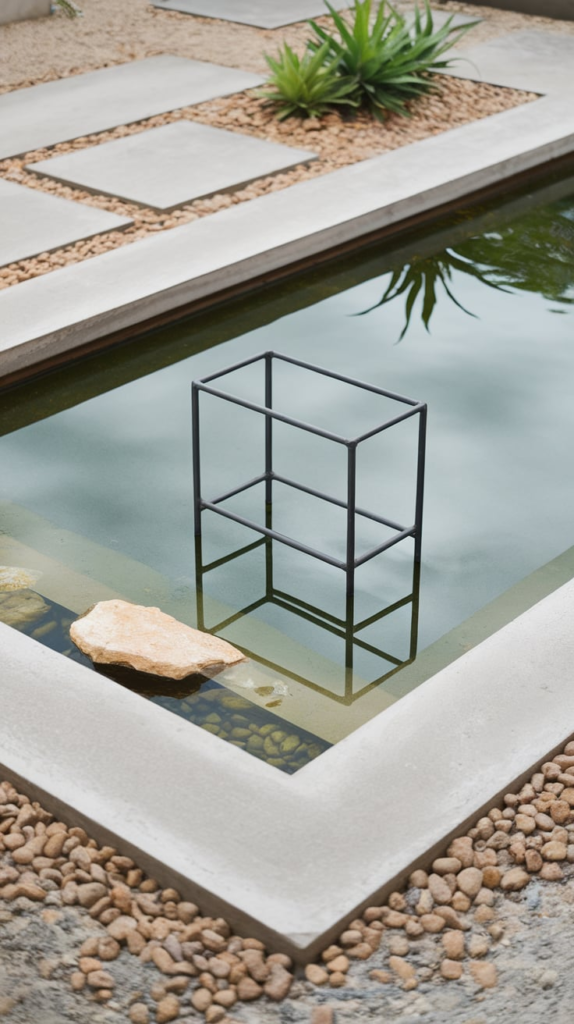
Every beautiful outdoor space has something that draws the eye—whether it’s a stunning water feature, a beautiful sculpture, or a striking tree. Focal points provide structure and visual interest. You can make a bold statement with a large sculpture or something more natural like a beautiful flowering plant or a unique tree.
When I added a focal point in my own garden, it changed the entire dynamic. I planted a flowering dogwood tree that bloomed beautifully in spring, and suddenly, my entire yard seemed to have a story to tell.
3. Define Your Space with Borders
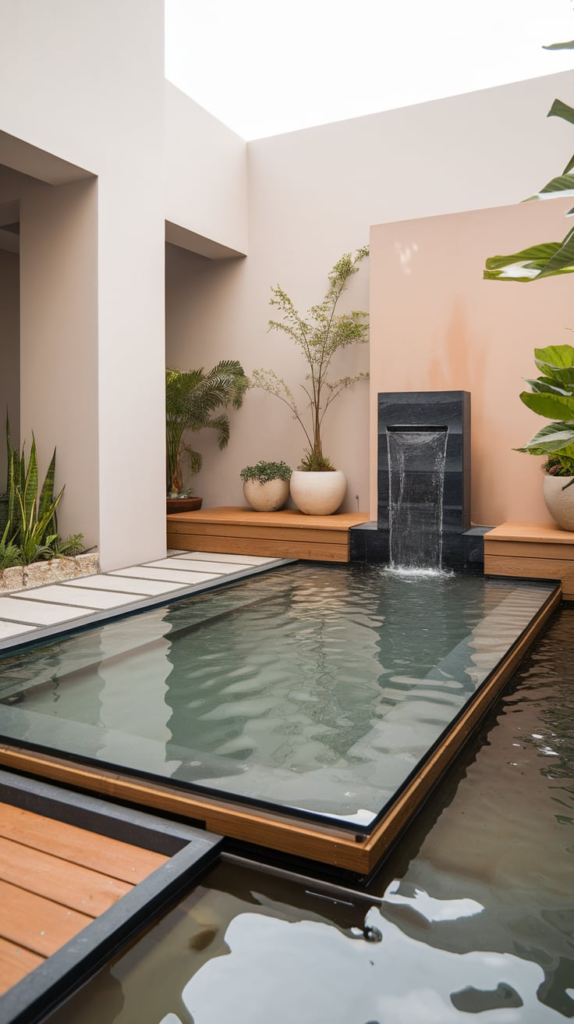
In smaller yards or gardens, borders can help define different areas. A simple garden border made of stones, brick, or wood can help separate the lawn from flower beds or create the illusion of “rooms” in the garden. This gives your space a more organized, intentional feel.
I once used a border of low, rustic stone to create a separation between the flower beds and the vegetable garden. The result was a sense of order, while still keeping things earthy and natural.
4. Incorporate Native Plants
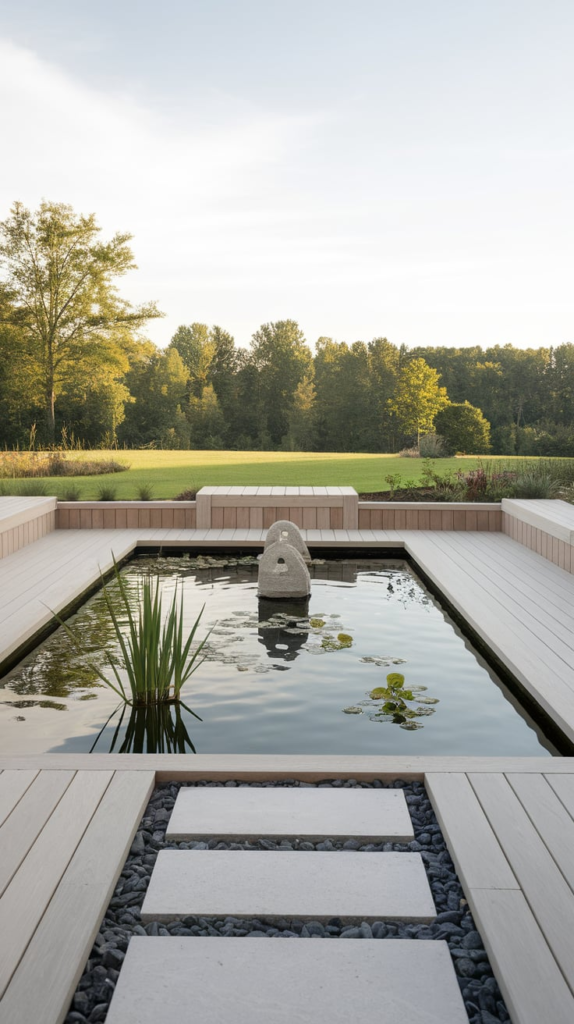
Native plants are the unsung heroes of landscaping. They thrive in your local environment, require less maintenance, and attract local wildlife like birds and butterflies. Whether it’s colorful wildflowers or evergreen shrubs, native plants can make your garden look vibrant and sustainable without much effort.
I learned this the hard way—after spending too much time watering plants that weren’t suited for my climate, I finally embraced native species. They’ve since flourished with very little care, and my yard is now buzzing with bees and butterflies.
5. Add a Water Feature
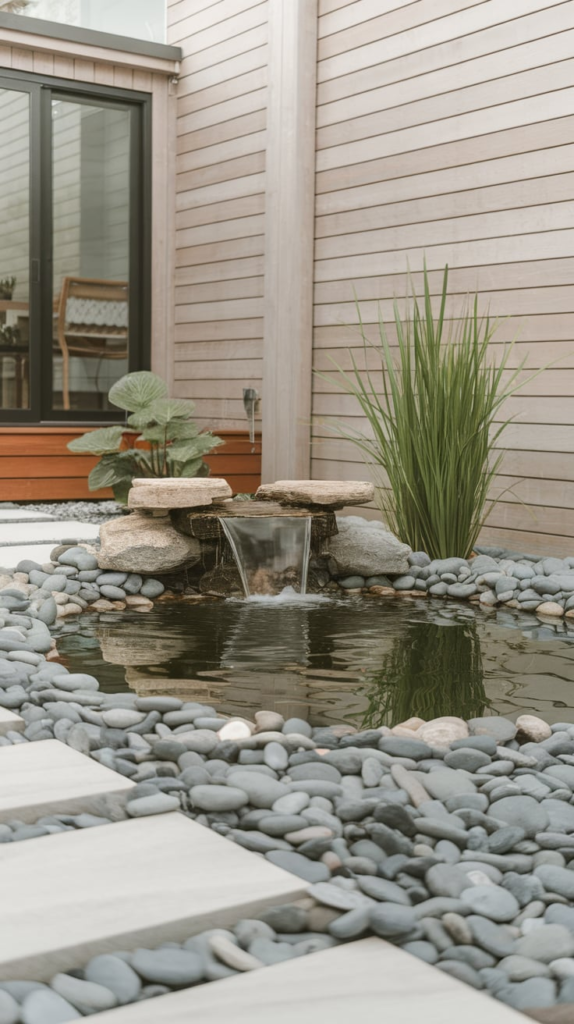
Water features are the jewels of any landscape. A small fountain, a koi pond, or even a garden pond can add a tranquil sound to your space and become a relaxing focal point. The sound of running water adds an element of calm that’s perfect for winding down after a busy day.
When I installed a small pond in my backyard, I was surprised at how quickly it transformed the space. The gentle sound of water, combined with the reflections on the surface, made my yard feel like an entirely new place. Plus, it became a favorite spot for my kids to watch the fish swim.
6. Plan for Year-Round Interest
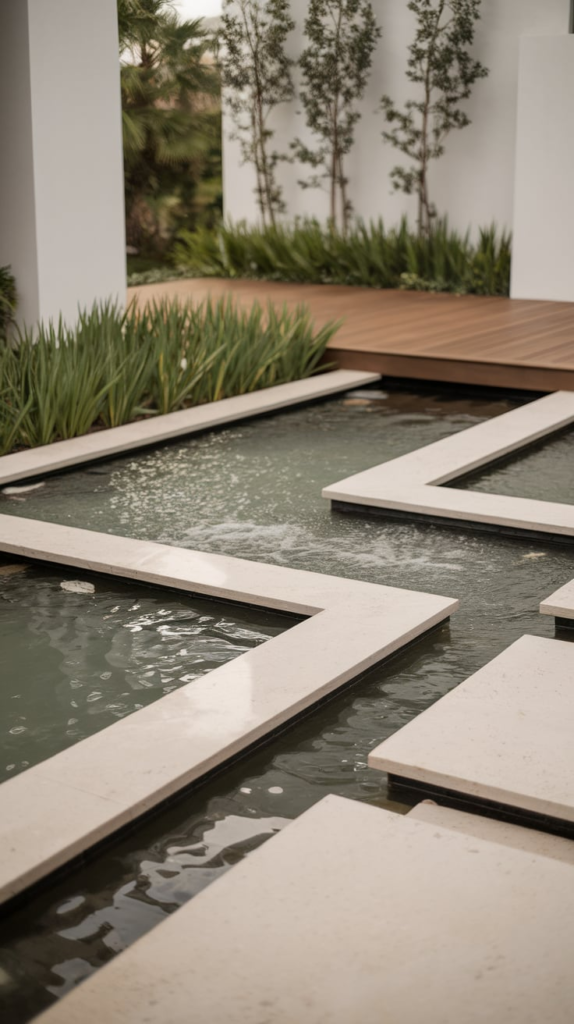
A well-designed landscape should offer visual interest year-round, not just during the spring and summer months. Consider evergreen plants, trees with interesting bark, and flowers that bloom in different seasons. This ensures your garden will still look good even when the weather turns colder.
One of the best decisions I made was planting a variety of seasonal flowers alongside hardy evergreens. This way, when one set of flowers fades, another takes its place, keeping the landscape vibrant no matter the season.
7. Add Pathways for Flow
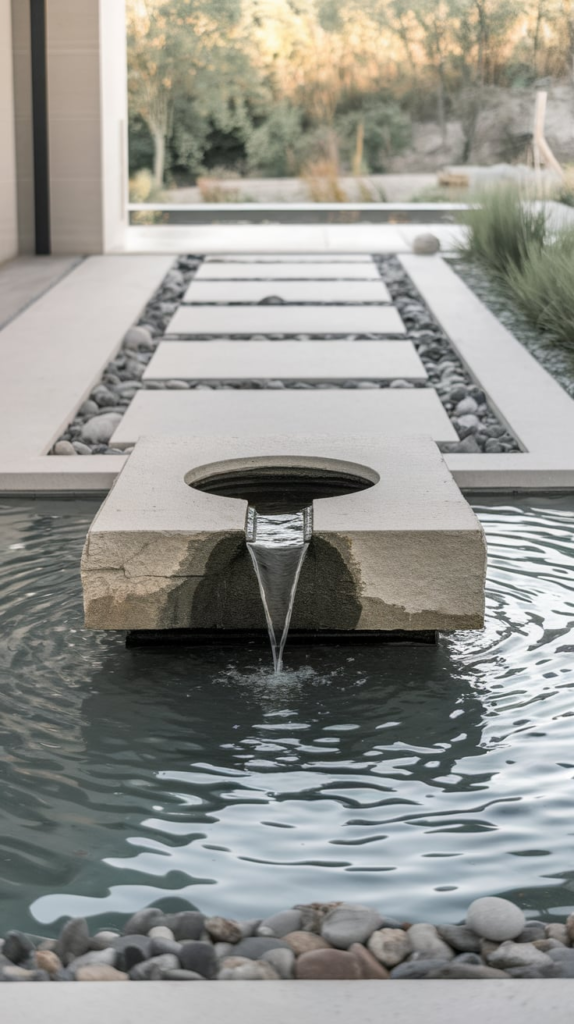
If you have a larger outdoor space, adding paths can help guide people through your garden and create a sense of flow. Whether it’s a simple gravel path or a more elaborate stone walkway, paths not only add functionality but also aesthetic appeal by leading the eye to various areas of your garden.
I remember the first time I laid down a winding stone path through my garden. It created a sense of adventure, like a journey through a secret garden, and added texture to the landscape.
8. Use Raised Garden Beds
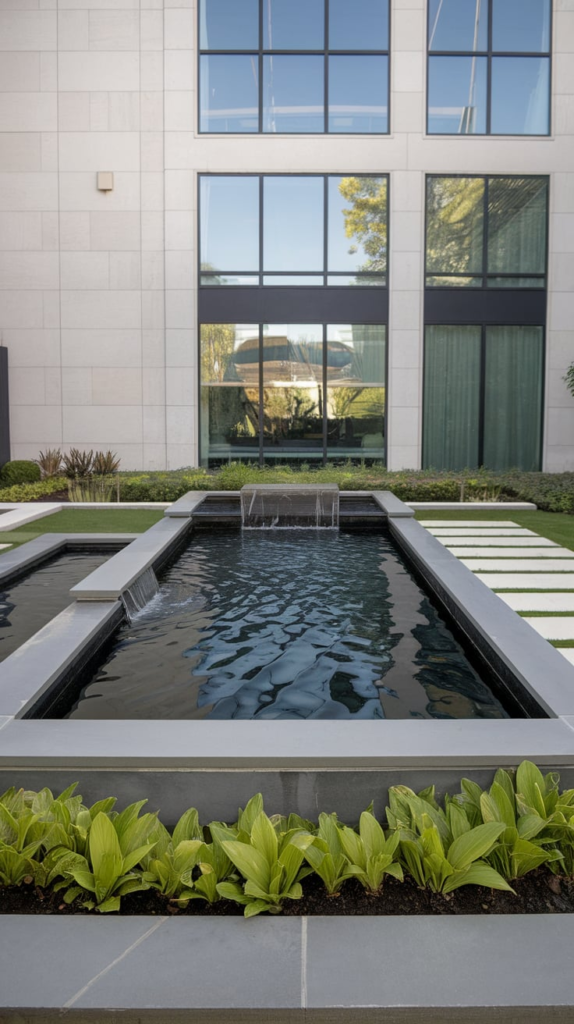
If your soil is less-than-ideal, or you want to create a more defined garden space, raised beds are a fantastic solution. You can fill them with nutrient-rich soil and have better control over what you plant. Plus, raised beds can look visually appealing with the right materials.
Raised garden beds were a game-changer for me. I used old wooden pallets to build mine, and not only did they provide better drainage for my vegetables, but they also created a rustic, cottage-like charm in my garden.
9. Create a Cozy Outdoor Lounge
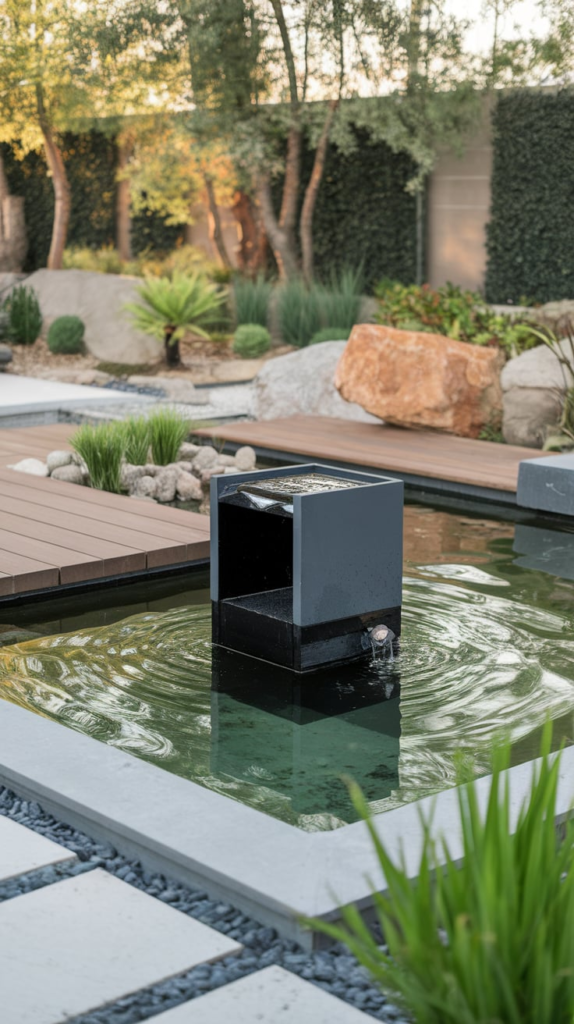
Your outdoor space should feel like an extension of your indoor living area. Create a cozy outdoor lounge with comfortable furniture, throw pillows, and ambient lighting. A firepit or a small outdoor fireplace can make it even more inviting for year-round use.
When I added a small firepit and some comfy chairs to my patio, it became the perfect gathering spot for friends and family. On cool evenings, we’d roast marshmallows and tell stories—something as simple as adding a fire element turned the space into a memory-making hub.
10. Go Vertical with Garden Walls
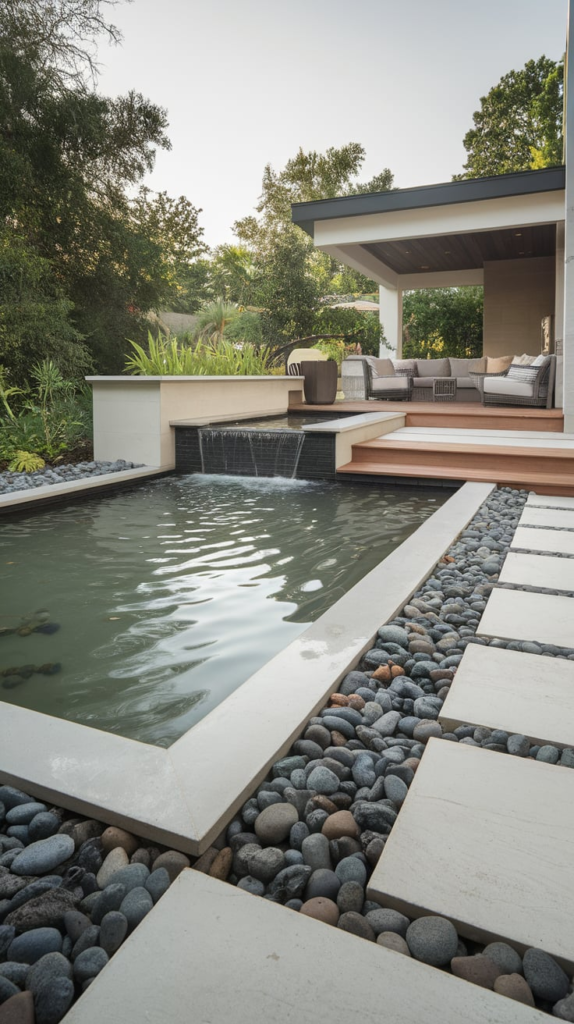
If you’re working with limited space, vertical gardens can be a fantastic way to make the most of your area. Install wall planters, trellises, or hanging baskets to grow flowers, herbs, or even vegetables.
I used a vertical wall planter on one side of my garden, and it became a colorful cascade of flowers and greenery that didn’t take up much floor space. It also added a little extra privacy from the neighbors.
11. Use Containers for Flexibility
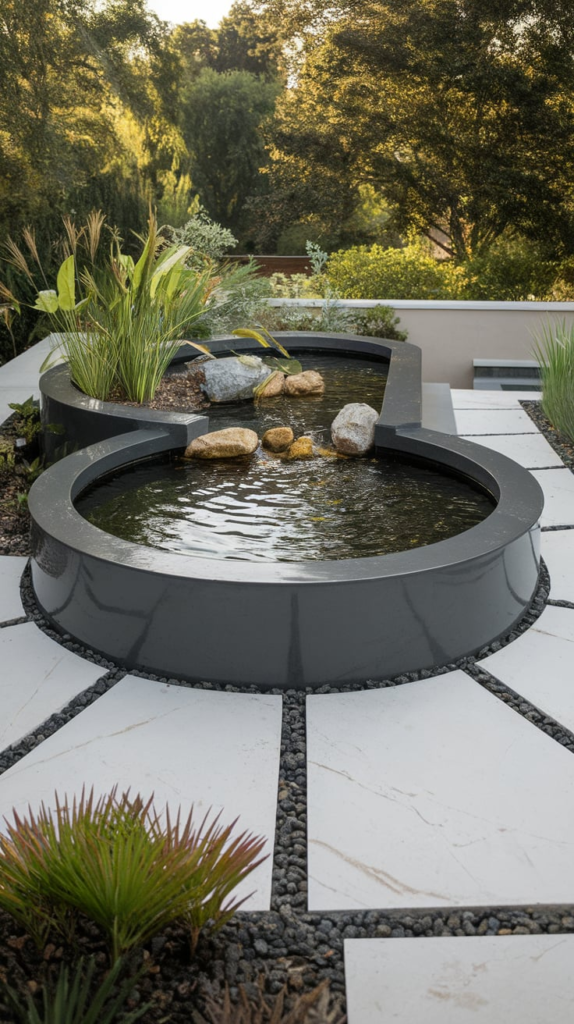
Container gardening is the way to go if you want flexibility. You can move your plants around, create pops of color, or use them to fill empty spaces. From large pots to hanging baskets, the possibilities are endless.
I found a set of colorful ceramic pots at a local market, and placing them in different areas of my yard created an eclectic vibe. The best part? If I ever need to move them, I can.
12. Incorporate Garden Art
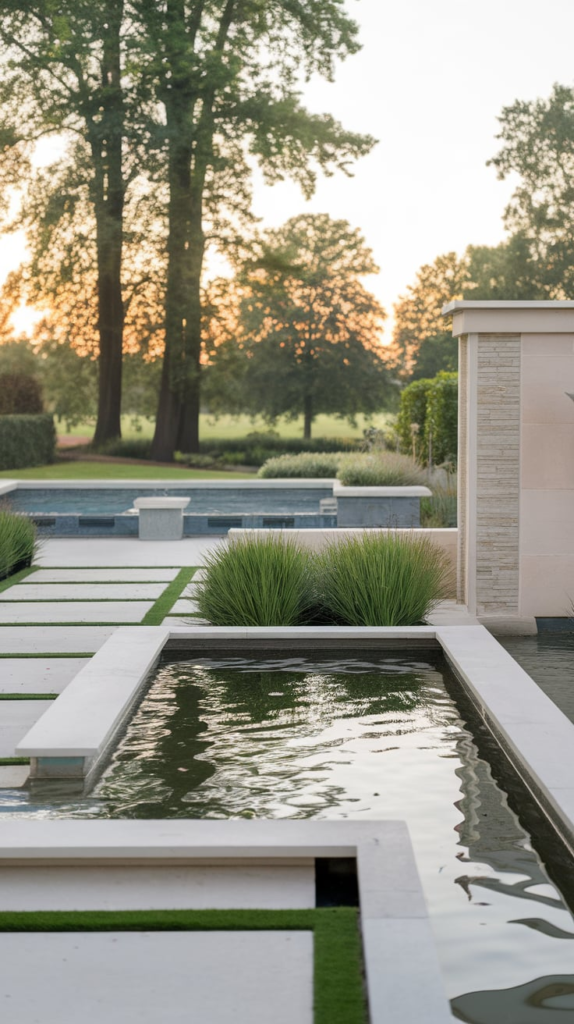
Adding a bit of garden art—whether it’s sculptures, wind chimes, or painted rocks—can bring a sense of playfulness and personality to your space. These elements can serve as conversation starters and really make your garden feel unique.
I added a few quirky garden statues—a whimsical frog here, a dancing couple there—and suddenly, my garden became much more than a collection of plants. It had character.
13. Use Color Strategically
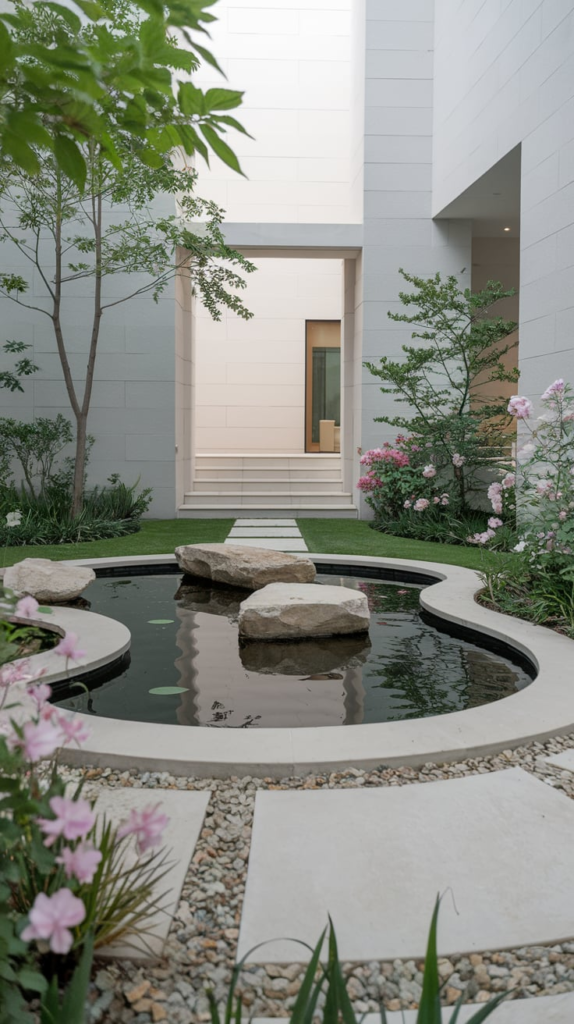
Color can set the tone of your garden. Bright colors like red, yellow, and orange evoke energy, while blues, purples, and greens create a calming atmosphere. Think about how you want your space to feel, and choose your plants and decorations accordingly.
When I painted the fence a soft, soothing blue, it transformed my small garden into a peaceful retreat. The plants in soft whites and pale yellows seemed to pop against it, and the space felt more expansive.
14. Create a Garden Shed Hideaway
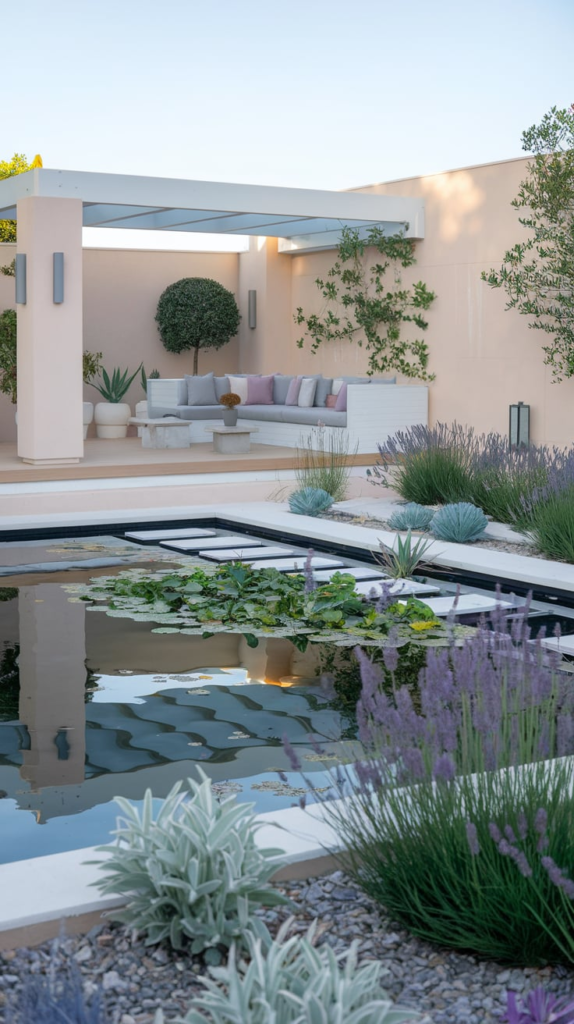
A garden shed doesn’t just have to be a place for storing tools—it can also become a cozy hideaway or even a mini garden retreat. Add a comfortable chair, some cushions, and a few plants to turn it into a peaceful sanctuary.
I turned my garden shed into a reading nook, with a comfy chair, soft lighting, and a few plants. It became my go-to escape from the hustle and bustle of daily life.
15. Create an Outdoor Dining Area
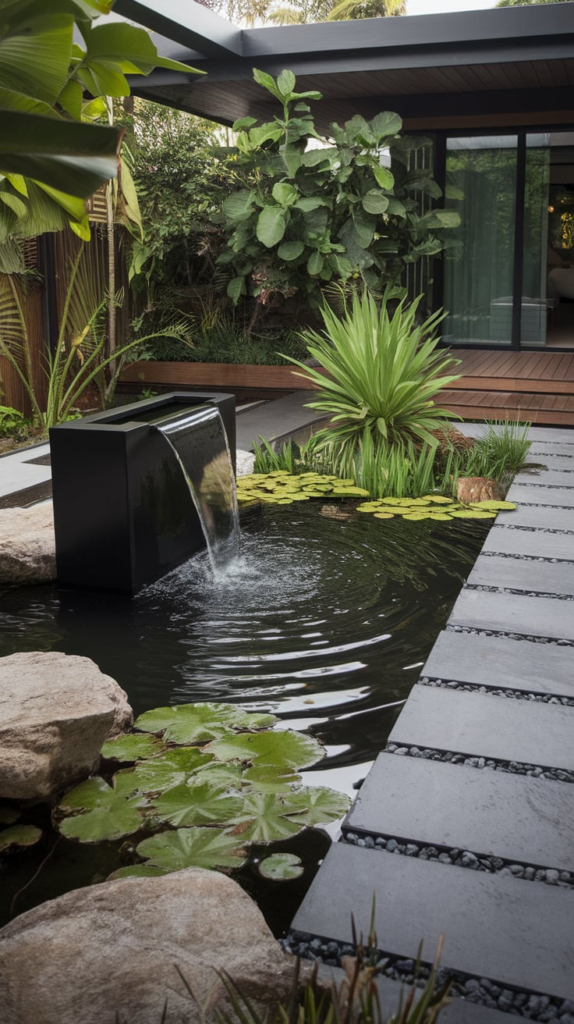
Whether you love hosting dinner parties or just eating outside on warm evenings, having a designated outdoor dining area is a must. Invest in a good table and some comfortable seating, and you’ll have an instant gathering spot.
When I built an outdoor dining nook on my patio, it changed the way I experienced summer. We had BBQs, quiet meals, and everything in between.
16. Plant an Herb Garden

Having a small herb garden in your yard or on your balcony can be both beautiful and functional. Herbs like basil, thyme, and rosemary are easy to grow and add fresh flavor to your cooking.
I started my own herb garden in a few pots by the kitchen door, and it became a daily joy to pick fresh herbs for meals. It added both convenience and charm to my garden.
17. Add a Pergola or Gazebo
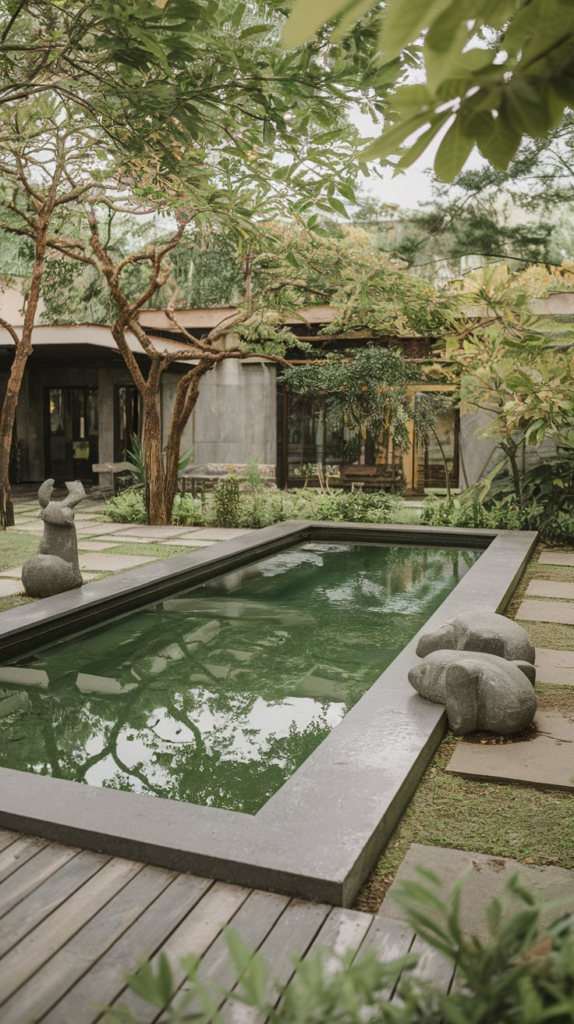
For added structure and visual interest, consider a pergola or gazebo. These outdoor structures not only provide shade but also become a focal point in your garden.
I added a small pergola to my backyard with climbing roses on either side. It became a romantic little nook where I could read, sip coffee, or just relax.
18. Create a Cozy Nook with a Hammock
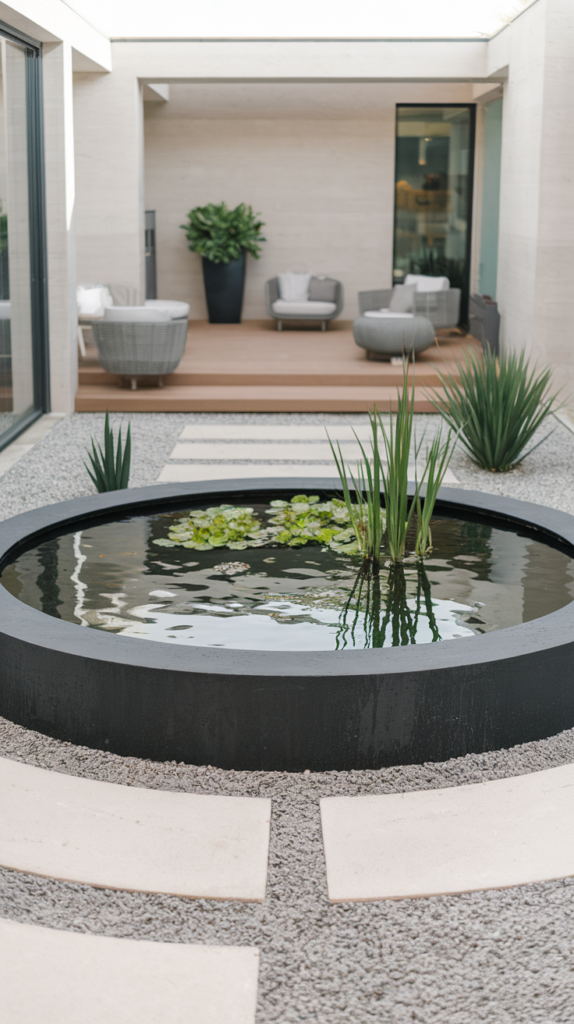
There’s something inherently calming about a hammock. It’s the perfect way to create a cozy, relaxed nook in your garden where you can spend lazy afternoons.
I strung a hammock between two trees in my backyard, and it quickly became my favorite spot to unwind. A good book, a cold drink, and the gentle sway of the hammock—pure bliss.
19. Use Outdoor Lighting Creatively
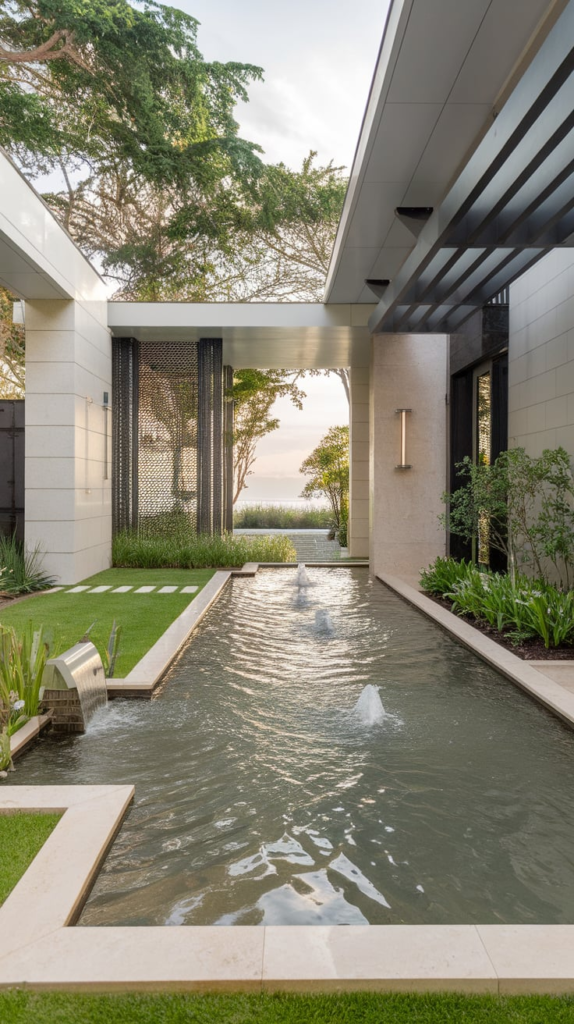
Outdoor lighting can transform your garden into a magical place when the sun goes down. Consider string lights, lanterns, or solar-powered garden lights to add ambiance to your space.
I strung fairy lights along the edges of my garden fence, and they created a twinkling wonderland at night. It felt like walking through a dreamy forest.
20. Incorporate Stone Features
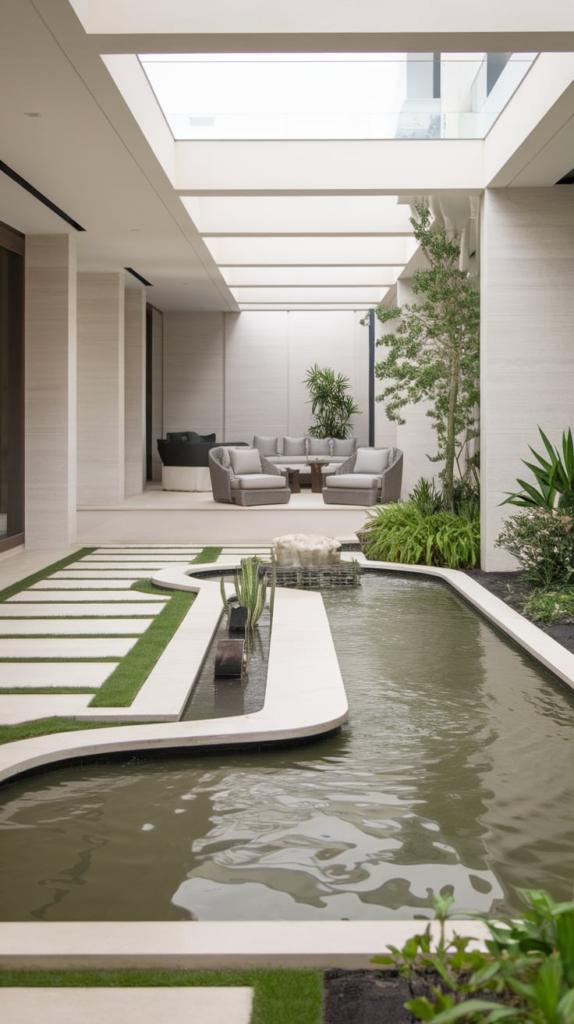
Stone features—like a stone pathway, rock garden, or stone wall—add a rustic, timeless feel to any outdoor space. They’re durable and blend beautifully with nature.
I built a small rock garden in one corner of my yard, filled with succulents and hardy plants. The stone provided texture, and the plants gave it life.
21. Add a Tree or Two
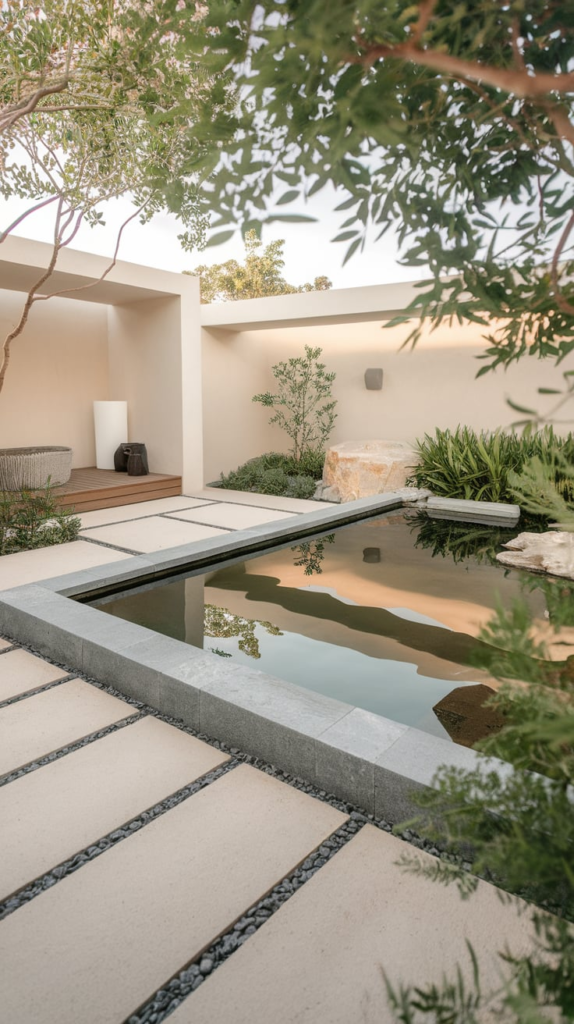
A mature tree can be a beautiful centerpiece for any garden. It provides shade, structure, and a sense of permanence. Consider adding a fruit tree, flowering tree, or ornamental tree to create year-round interest.
One of the best additions I made to my yard was a cherry blossom tree. Its blossoms in the spring are breathtaking, and the shade it provides in summer is invaluable.
22. Try an Outdoor Kitchen
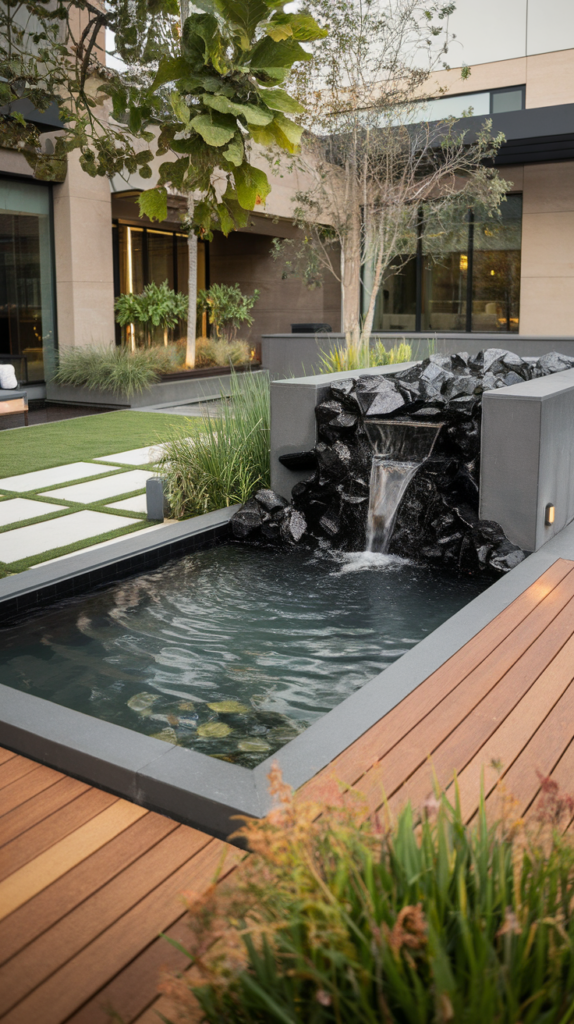
For those who love to cook and entertain, an outdoor kitchen can be a game-changer. Imagine grilling, cooking, and dining all in one space.
When I added an outdoor kitchen to my backyard, it became the focal point for summer get-togethers. We grilled, mixed drinks, and enjoyed meals under the stars.
23. Create a Wildlife Habitat
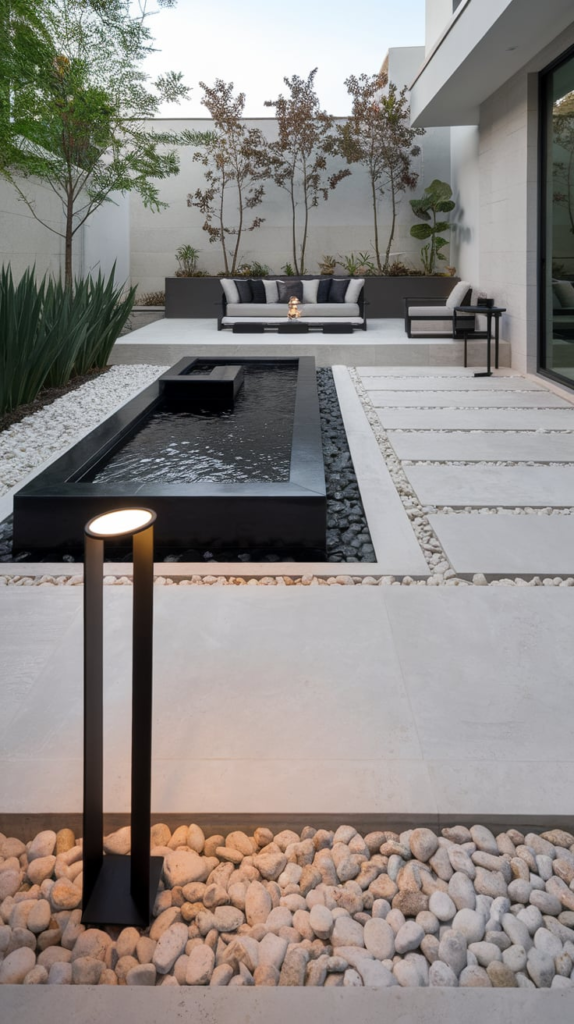
Finally, consider turning your yard into a sanctuary for local wildlife. Add bird feeders, bat houses, or even a butterfly garden to attract birds, butterflies, and beneficial insects.
I transformed part of my garden into a wildlife-friendly zone, complete with a birdbath and butterfly-friendly plants. It turned into a peaceful, vibrant corner of nature.
Conclusion

Landscaping is more than just planting flowers—it’s about creating a space that reflects who you are and enhances the way you live. Whether you’re looking to create a serene escape, an entertaining space, or simply a more functional yard, these 23 ideas are a great starting point. With a bit of thought, creativity, and a dash of patience, you can transform your outdoor space into something truly special.
